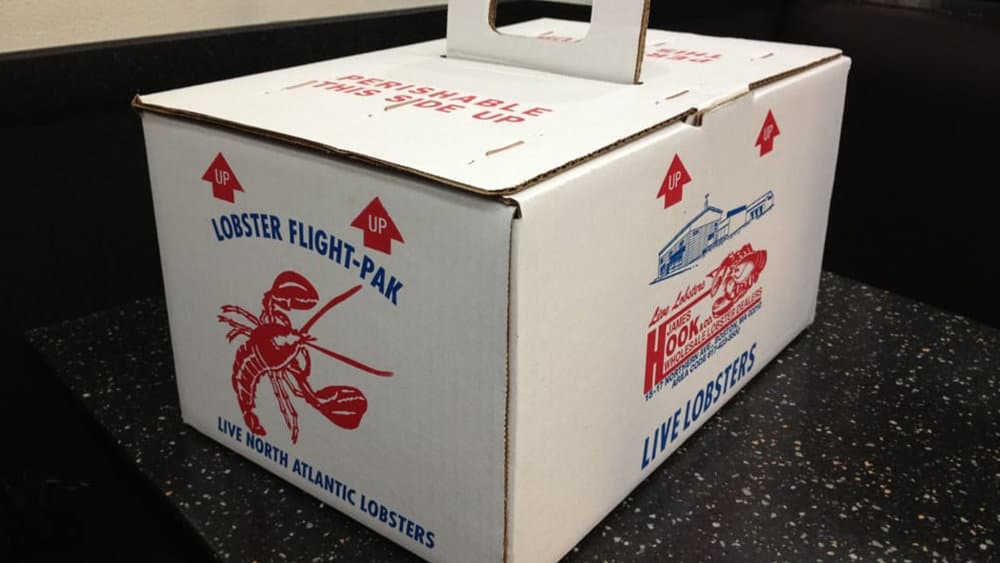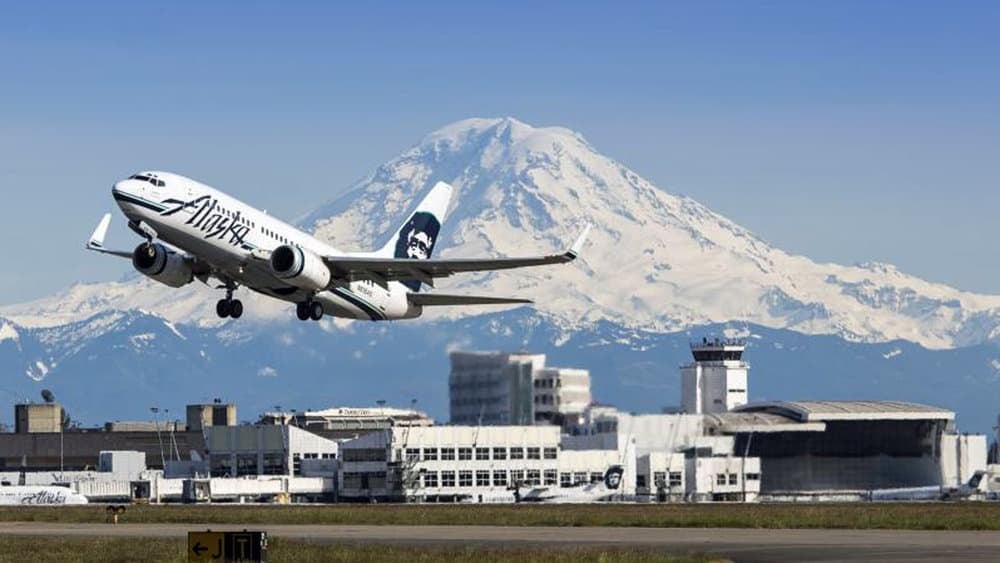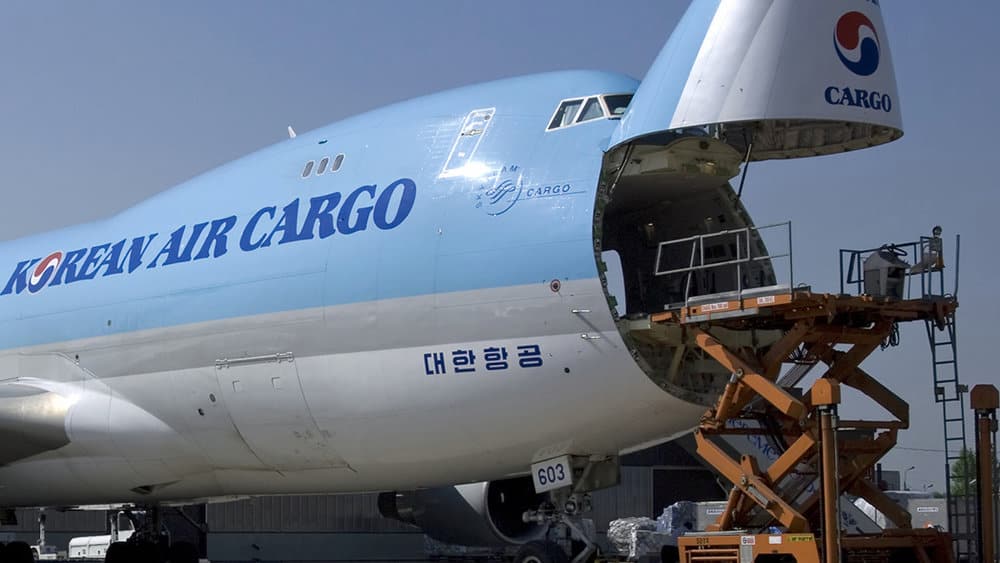FreightWaves is providing a forum – Market Voices – for a number of market experts.
Cathy Morrow Roberson is a market analyst with a research and economics background. Roberson began her career as a librarian; she was then an analyst at an e-commerce start-up; and was an analyst at UPS Supply Chain Solutions supporting market, competitive and mergers & acquisition research and analytic needs for 11 years. After a brief stint with specialized consulting firms, Roberson now manages the logistics-focused market research firm, Logistics Trends & Insights LLC, which is based in Atlanta, Georgia.
If you haven’t viewed a Freightwaves NOW video yet, I highly recommend that you do. The April 2 edition had a great segment on the increased demand for refrigerated cargo, particularly seafood due to those who observe Lent, which is currently underway. Indeed, according to food distributor Food Services of America, Ash Wednesday (the beginning of Lent) is the busiest day of the year for frozen seafood sales, and the six weeks following is the top-selling season for the entire year. This equated to $1 billion in seafood sales during Lent in 2018, observed market research firm Nielsen.

Over 90 percent of the seafood consumed in the U.S. is imported from other countries. China, Canada, Chile, Indonesia, Thailand and Vietnam provide two-thirds of total U.S. imports.
Air cargo is often the mode of choice to maintain freshness and speed to market. Investments in packaging, containers and technology to monitor the temperature of the seafood while in transit are important, with guidelines provided by the International Air Transport Association.
Airports play a big role as well. Investments are being made in cold chain operations to attract more cargo volumes. Dallas/Fort Worth International Airport, for example, added a cold chain facility on its campus in 2017 that controls warehousing temperatures for shipments of pharmaceuticals, flowers and fresh foods.
Another example is Miami International Airport, already the largest U.S. import hub for flowers. The Miami airport also has obtained certification for handling pharmaceuticals with special attention to temperature controls.
Getting back to seafood, Seattle-Tacoma International Airport (Sea-Tac), located in Washington State is a natural airport to offer services for the seafood industry thanks to its location. Fish from the state itself as well as from Alaska, Canada and Asia often begins its journey from Sea-Tac to final destinations around the United States. The airport is currently undergoing remodeling and expansion projects to accommodate the 56 million passengers forecast by 2027; hopefully cargo volumes will also benefit from these investments.

Meanwhile, Halifax Stanfield International Airport in Canada’s Nova Scotia province, is placing its growth aspirations squarely on seafood. In 2017, more than 10,000 tons of seafood valued at over C$220 million (US$167 million) was shipped via the airport, comprising half of its total air cargo. Operators include Atlas Air, Cargojet, FedEx, Korean Air, Qatar Airways, Skylease Cargo and Suparna Airlines, plus bellyhold capacity from Air Canada and WestJet.
Europe is an important export market for seafood, but demand from Asia has been the main driver of Halifax’s cargo growth. In particular, seafood shipped from the airport supplies customers such as Alibaba and JD.com with lobster and other fish for door-to-door delivery within 72 hours.
Korean Air operates three B747F flights per week from Halifax, while SkyLease (which operates for First Catch, a Chinese-owned seafood forwarder based in Halifax) and Suparna fly twice weekly from the airport.

However, lobster exporters, in particular, have complained for years of the bottlenecks at Halifax Stanfield. Cargo aircraft usually arrive around the same time and at night and there has never been enough storage space. In late 2018, the airport received funding and work is set to begin soon on a new cargo building, new taxiways and an expansion of de-icing facilities on 10 hectares of forest land adjacent to the existing Gateway cargo facility.
Halifax is not the only airport that is promoting seafood cargo. Oslo Airport is Norway’s primary airport; it is investing in a seafood center to cater to the rising demand for perishable exports from the Nordic region – particularly to China. Once completed, the facility will handle up to 250,000 tons of seafood annually in a facility designed to meet industry requirements for cold chain logistics and innovation.
Global consumption of seafood continues to grow by double-digits with China, Japan and the U.S. as the largest markets in terms of consumption. Airfreight offers the fastest method of transportation in order to maintain freshness of the fish. As a result, carriers and airports alike are working to address the specific requirements necessary to meet the rising global demand for seafood.










